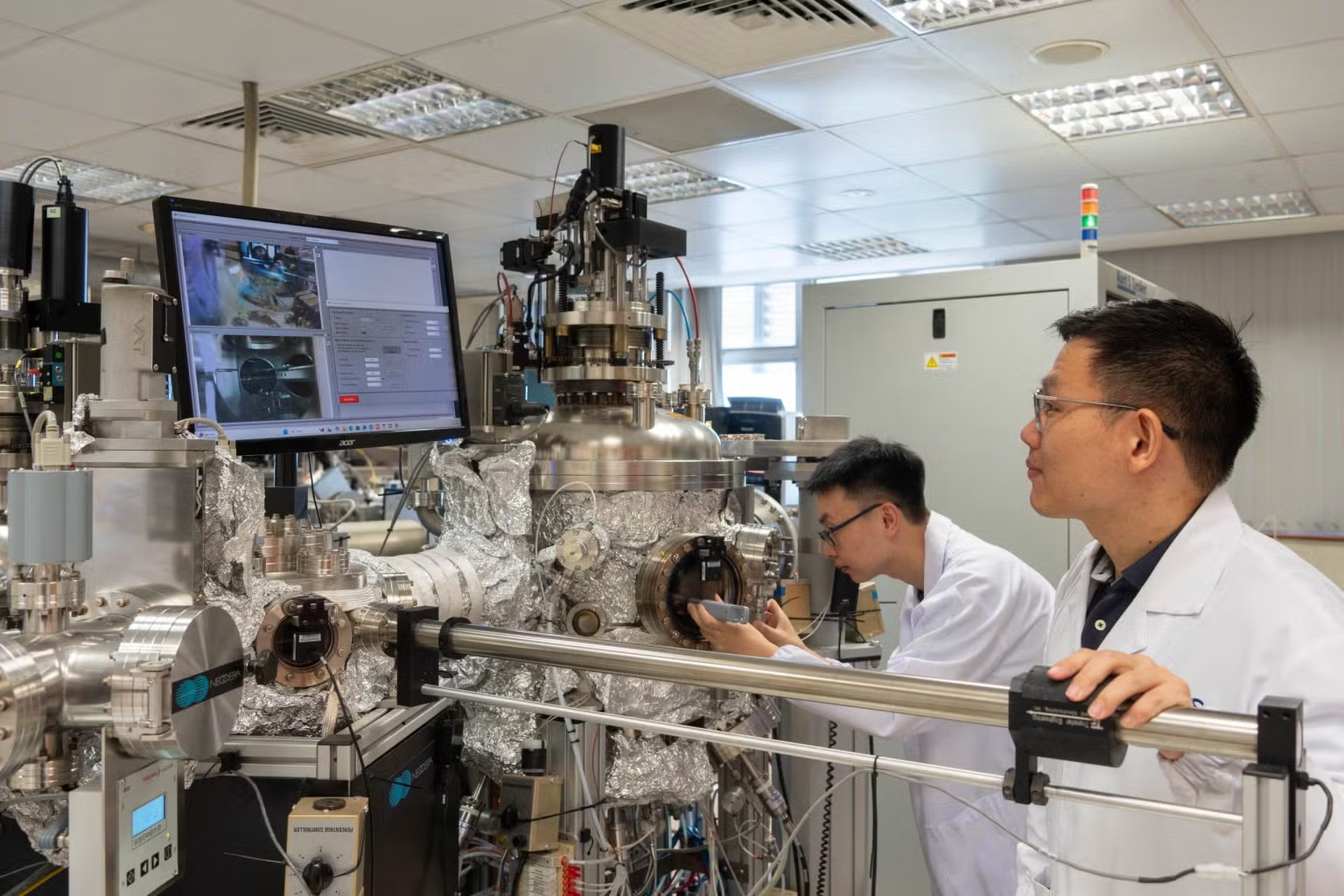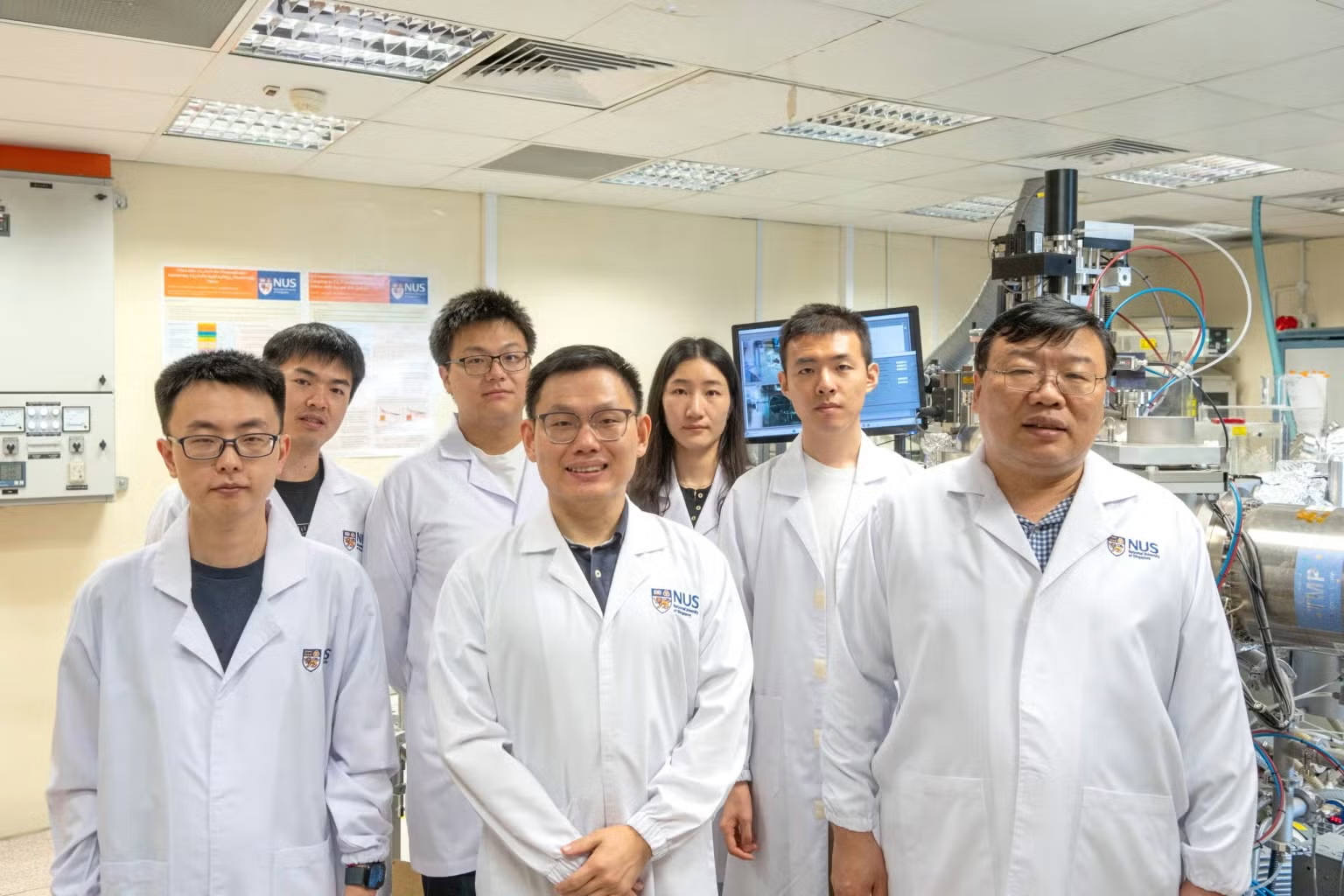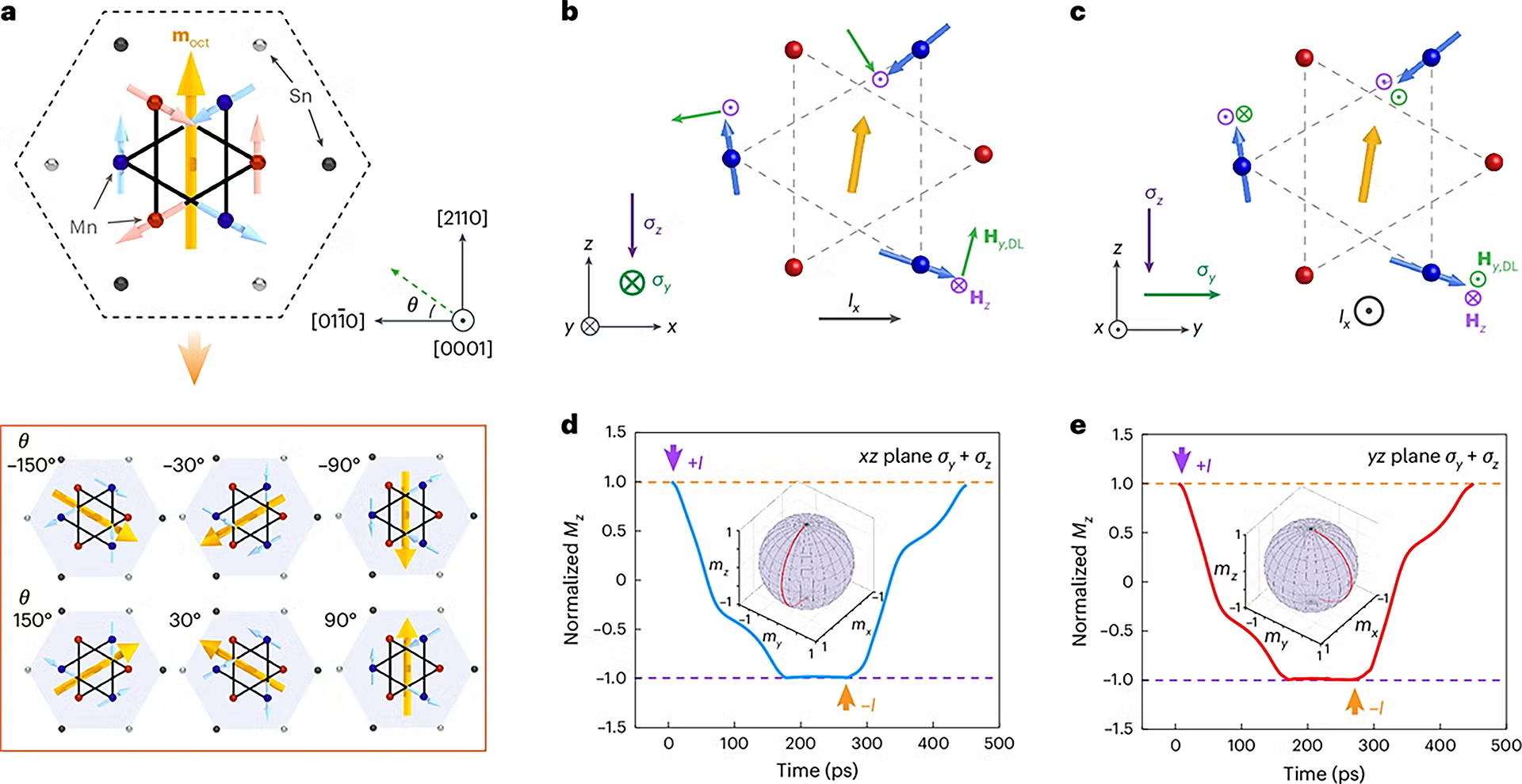
Antiferromagnetic materials are becoming increasingly crucial in advanced technologies such as spintronics, magnetic memory and sensors, high-frequency electronics, and quantum computing. Chiral antiferromagnetic materials are a special class of these materials where the arrangement of magnetic moments (spins) not only alternates as in ordinary antiferromagnets, but forms a special magnetic octupole structure.
This feature enables the binary state reading from the antiferromagnet and makes it especially promising for application in spintronic devices, which rely on manipulating electron spins for information processing and storage. However, controlling them efficiently has been a major challenge in materials science and device engineering.
Researchers led by Professor Chen Jingsheng from the Department of Materials Science and Engineering, College of Design and Engineering at the National University of Singapore have successfully demonstrated an all-electrical perpendicular switching of chiral antiferromagnetic order — a long-sought capability that paves the way for ultrafast, energy-efficient memory and logic devices beyond conventional electronics.
The results, published in Nature Materials, are expected to inspire follow-up work across condensed matter physics, materials science, and nanoelectronics.
The work marks the first experimental evidence that an electrical current alone can manipulate the 180º orientation of the magnetic octupoles, without requiring magnetic fields or thermal gradients.
“This breakthrough demonstrates a new degree of control in chiral antiferromagnets, which are topologically rich and highly responsive to current-induced torques,” said Professor Chen. “Crucially, we achieved perpendicular switching, meaning we can toggle the magnetic state, which is out of the plane of the thin film, something previously unachievable using only electrical means.”

The team achieved this feat using a specially low-symmetric Weyl semimetal/chiral antiferromagnet bilayer structure, in which spin-orbit interactions and crystal symmetry enable strong coupling between current and antiferromagnetic order. By applying pulsed electrical currents, they induced deterministic switching of the antiferromagnetic order, verified through advanced electrical measurement and micromagnetic simulation techniques.
This development holds immense potential for spintronic devices, which use the electron’s spin, not just its charge, to encode information. All-electrical switching mechanisms could lead to non-volatile memory that’s faster, more compact, and more energy-efficient than today’s magnetic memory or Dynamic Random-Access Memory (DRAM).
“This is a big step toward practical antiferromagnetic spintronics,” added Prof Chen, “and it could open up a new class of devices based on chiral spin textures, combining speed, stability, and miniaturisation.”
The discovery could also spark new research into topological spin states, domain wall dynamics, and neuromorphic computing, where magnetic systems emulate the brain’s processing.

Article from College of Design and Engineering, NUS


